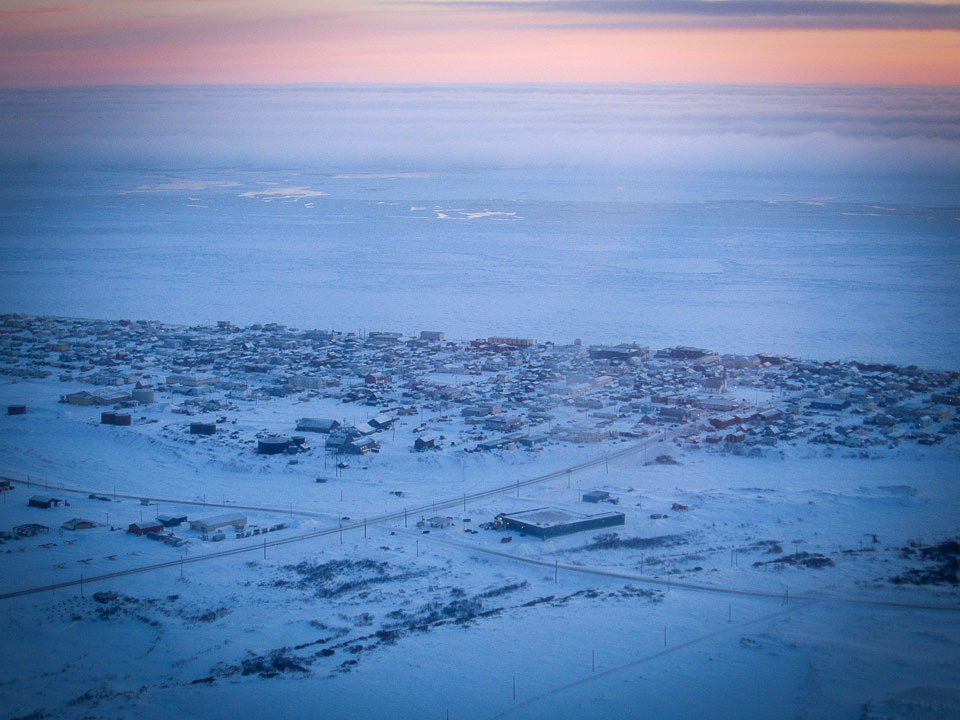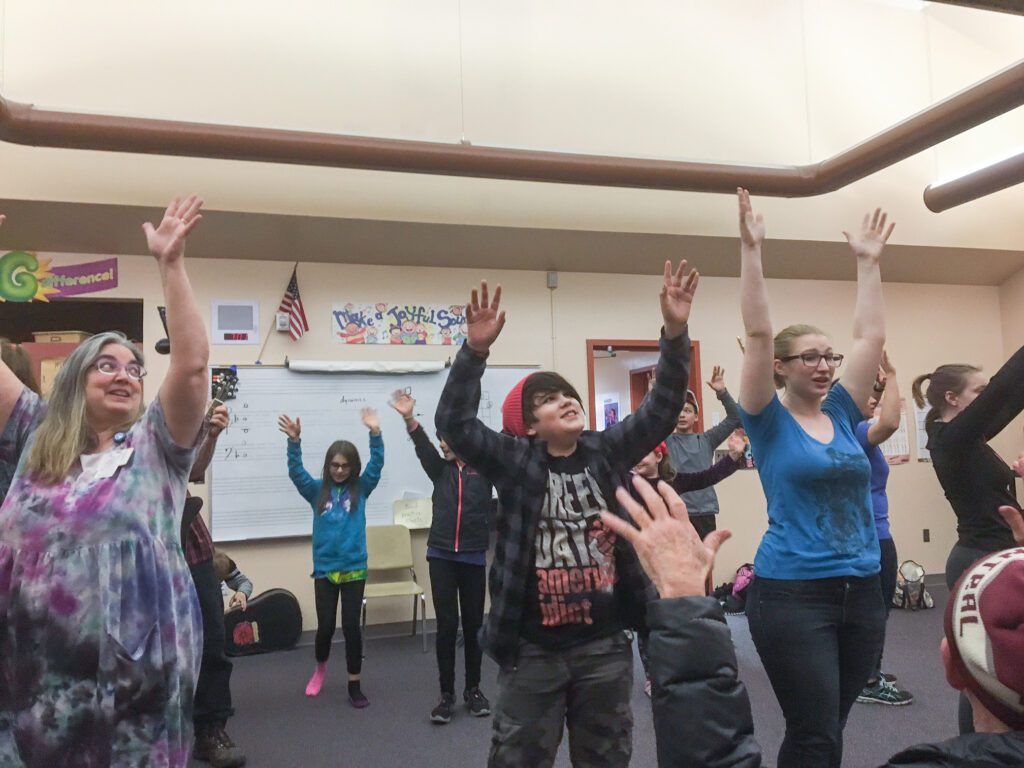I’ve never seen so many berries in my life. Not in the produce aisle of the grocery store. Not in barrels at the farmers’ market. Not in my own kitchen. Not ever.
And the crazy part is that they just grow here. Like, on the ground. Walking on the tundra this time of year feels like a perpetual act of blasphemy for that reason — you can’t avoid crushing berries, even if you want to. Which, believe me, I do; I’ve probably crushed half a dozen pies worth of blueberries since arriving in Nome. And it’s not just blueberries. There are salmon berries, crowberries, even teeny-tiny cranberries. Berries that I didn’t even know existed.

Truly, the tundra confounds me. I must have missed the National Geographic episode that explained things actually grow on top of the permafrost, because I was not expecting this squishy, vibrant wonderland under my feet. Other aspects of the arctic scenery haven’t come as such a tremendous shock to me; I’ve been fortunate enough to live in places that also cherish open space. And while there’s so much more space in Alaska than anywhere in the Lower 48 — heck, than anywhere I’ve ever seen — the vast expanse of tundra isn’t what stole my breath away. It was the sheer density of the stuff that really amazed me.

From what I’ve observed, tundra is basically a miniaturized orgy for plant matter. One square foot of it contains dozens upon dozens of plant and lichen species — all growing in and on and around each other. Last Saturday, a few of us from the volunteer house went for a hike — “hike” here roughly translates to “walk on the tundra until you can’t see the car anymore” — and I was so engrossed by the endless colors and variations of plant species on the ground that I spent more time looking down at my feet than up at the view. (Condemnably not bear aware, I know.)

Since then the tundra has come to symbolize, for me, the overwhelming plenty that seems to abound here during the summer months. Whether it be berries, or lichen, or salmon, or sunshine — you can find it in spades under the midnight sun. At least, that’s how it appears. You want some fish? Toss a net in the water and by tomorrow you’ll have twenty. You want some fruit? Spend an hour on the tundra and you’ll have a gallon. (I’m underplaying the very, very hard work that goes into subsistence living here — but you get the idea.) As Jenn skillfully put it, “the land of plenty” takes on a whole new meaning in this place.

In fact, the “plenty” part is so overwhelming that it can be hard to remember there’s ever a time when food and sunshine are in short supply. But as the ever-corny volunteer joke goes: Winter is coming. And the tundra — in its continual awesomeness — will be changing color soon as it morphs from green, to red, to some icy thing I can’t even picture yet. Which is as fierce a motive as any to gather the berries I can… before they disappear for good.







